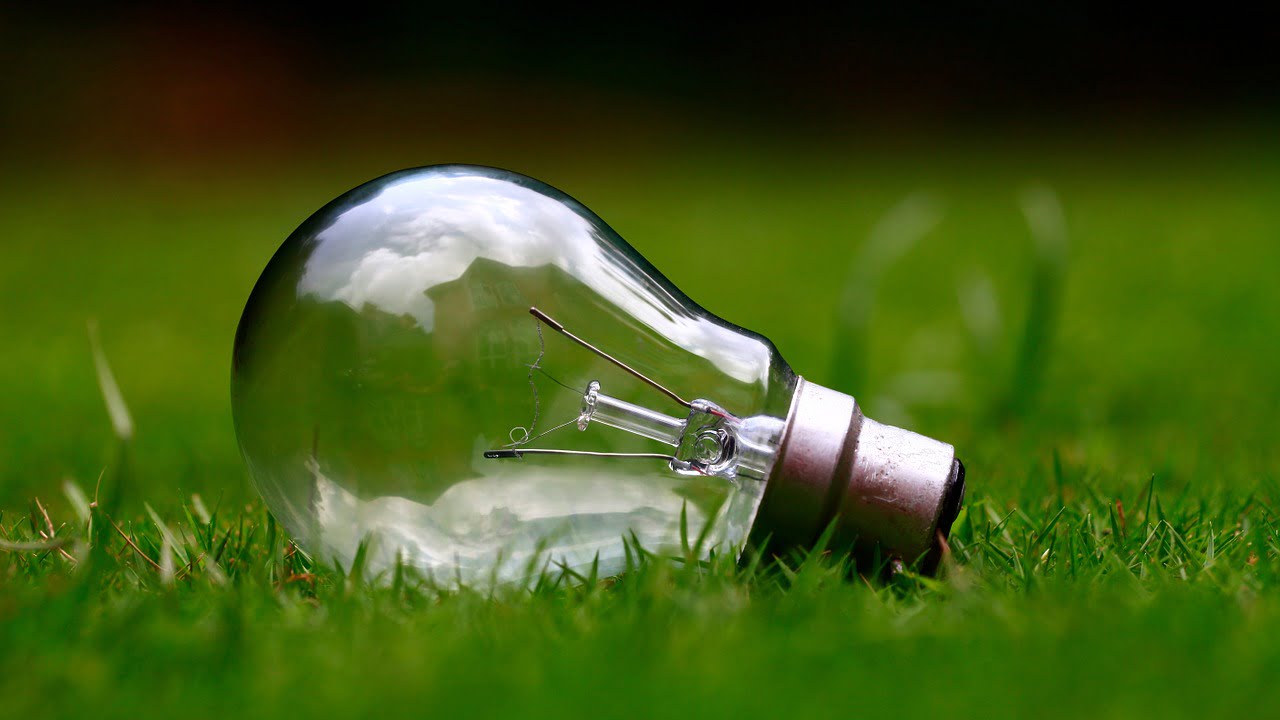Rising coronavirus cases and inflation is making it hard for many low-income families to meet their day-to-day expenses. With more stimulus checks unlikely, such hardships may increase for many families in the months to come. Efforts, however, are underway to make available energy coronavirus stimulus checks to low-income families. Such aid will help families pay their home energy bills.
Q4 2021 hedge fund letters, conferences and more
Last week, Senator Ed Markey and Rep. Jamaal Bowman introduced the Heating and Cooling Relief Act with an objective to end energy poverty in the country. This proposal itself won’t directly give aid to households, but will fund an existing program that helps low- and moderate-income families pay their home energy bills.
The Heating and Cooling Relief Act, if approved, would significantly raise the funding for the LIHEAP (Low Income Home Energy Assistance Program). This program currently covers only about 16% to 18% of eligible families due to lack of funds.
“Our Heating and Cooling Relief Act would provide LIHEAP funding to millions more Americans and ensure that the program has all the support it needs to enhance outreach efforts and serve all eligible households,” Senator Ed Markey says.
The Heating and Cooling Relief Act would raise the authorized annual spending level for LIHEAP from about $3.8 billion to $40 billion. Low-income families reportedly spend about 8.6% of their income on home energy, compared to just 3% for high-income families. The Heating and Cooling Relief Act would ensure that eligible families wouldn’t have to pay more than 3% of their income toward home energy.
Heating And Cooling Relief Act: What Else Does It Include?
Along with increasing the funding for LIHEAP, the proposal also wants to expand the scope of the program to cover moderate-income families as well. Markey/Jamaal want to raise the income eligibility ceiling from 150% of the poverty level to 250% of the poverty level.
Additionally, the bill also carries a provision of making available emergency funds to assist families to pay higher energy bills because of increased air-conditioning needs during extreme heat conditions. Further, the proposal would also allow the states to use the funds to weatherize around one million low- and moderate-income units each year.
“The bill also takes steps to reduce the energy burdens of LIHEAP recipients and cut down our fossil fuel use by increasing investments in weatherization,” Senator Ed Markey says.
The Heating and Cooling Relief Act has gotten the support of Senator Kirsten Gillibrand and Senator Elizabeth Warren.
“It will also increase funding for weatherization, promote renewable energy use, and aid with climate adaptation - all crucial to our work tackling the climate crisis,” Senator Elizabeth Warren said.
If approved, these energy coronavirus stimulus checks could prove extremely crucial for low-income families. For example, outstanding utility bills of families amount to about $1.9 billion in California, $1.3 billion in New York, $630 million in Massachusetts and $79 million in Georgia.






